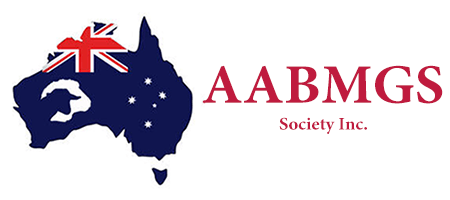Photo – The Woolshed Elf kids
The Elf Goats are found in many feral (Australian Bush Goat) goat populations in Australia and they are distinctly different from the La Manchas although they have possibly developed from goats with the same earless gene. They are much smaller than the La Mancha and are also not a dairy breed.
The Elf Goats found their way to Australia on ships and are believed to have originated from Spain and Mexico though references to short-eared goats date back as far as records from ancient Persia. Goats and other cargo were traded from ship to ship all over the world during the early settlement times. Although contemporary Spaniards have no official name for their short ear goats they do recognize that they are different and dub them “monas” (little monkeys) or “monadas” (cuties).
Around 20 years ago a herd of Australian Bush Goats were caught which included some Elf Goats and a gentleman in New South Wales by the name of Mr Darrel Bishop took an interest in the unusual little earless goats and has been breeding them since to keep the earless gene going.
Since this time the popularity of the Elf Goat has grown slowly and now there are some Australian Miniature Goat Breeders who have been developing the breed and selectively pairing goats based on their conformation and their ears. Every goat has two ear genes and the tiny ear gene appears to be prominent.
The Elf Goats can have two main types of ear, the Gopher and the Elf.
Gopher ear: An approximate maximum length of one inch (2.5cm) but preferably nonexistent and with very little or no cartilage. The end of the ear must be turned up or down.
Elf ear: An approximate maximum length of two inches (5cm) is allowed when fully grown. The end of the ear must be turned up or turned down and cartilage shaping the small ear is allowed.
Breed Standard
Head and face: Shortened forehead, large muzzle, face is straight with the ears being the distinctive breed characteristic. Polled or neatly disbudded.
Neck: Strong, medium length and with or without tassels.
Backline: Straight back and level.
Withers: Well pronounced and strong, blending firmly into shoulders. Chest should be broad and deep.
Body (barrel): In proportion with good length and reasonable depth.
Rump: Slanting, angular.
Udder: Closefitting and compact.
Legs: Legs strong and straight with no inclination to cow hocks or weak pasterns.
Feet: Proportionate in size to bone structure, even, level bearing.
Testicles: Well developed, evenly balance, not divided, carrying two testes.
Teats: Two of good size, not large and unsightly, pointing slightly forward, set well apart and distinct from the udder.
Rudimentary teats: Two, set wide apart slightly to the fore and side of the scrotum, of good size but not overdeveloped.
Size (height at withers): Does 55-63.5cm (57cm ideal), Bucks 60-65.5cm (60cm ideal).
Colour: Any colour or colour combination.
Coat: Any type of coat from short to long is acceptable.
Show Height Limits
It is the aim of all miniature goat breeders to selectively pair goats with the purpose of reducing heights. Show height limits will be reviewed each year using information gathered from Elf Goat breeders.
- Under 6 months
Does: 50cm. Bucks: 52cm - 6 to 12 months
Does: 53.5cm. Bucks: 54.5cm - 12 to 24 months
Does: 57cm. Bucks: 58cm - 24 to 36 months
Does: 60cm. Bucks: 62.5cm - 3 to 4 years
Does: 61.5cm. Bucks: 64.5cm - Over 4 years
Does: 63.5cm. Bucks: 65.5cm.


